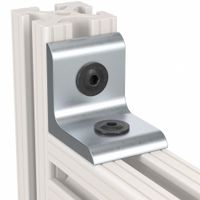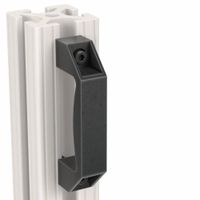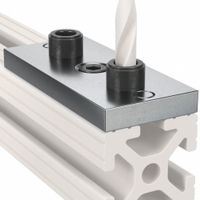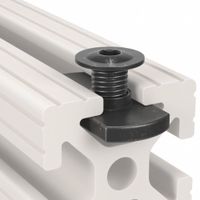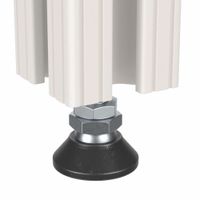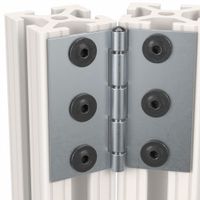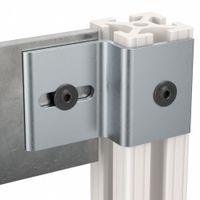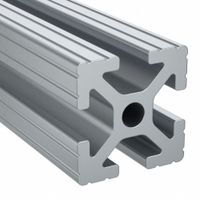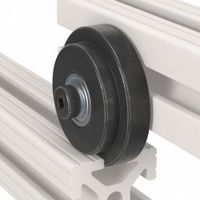T-slot framing systems are versatile modular construction systems used for building a wide range of structures and assemblies. They consist of extruded aluminum profiles with a T-shaped slot running along their length, allowing for easy assembly and reconfiguration. These systems are commonly used in industrial, commercial, and even residential applications due to their flexibility, strength, and ease of use.
1. **Industrial Automation and Machinery**: T-slot framing is widely used to construct machine frames, workstations, conveyor systems, and safety enclosures. The modular nature allows for quick adjustments and expansions, which is ideal for dynamic industrial environments.
2. **Robotics and Automation**: In robotics, T-slot systems are used to build robot bases, arms, and other components. Their adaptability supports the integration of sensors, actuators, and other robotic elements.
3. **Workstations and Benches**: Customizable workstations and benches for manufacturing, assembly, and testing can be easily constructed using T-slot profiles. They allow for ergonomic designs tailored to specific tasks.
4. **Exhibits and Displays**: T-slot systems are popular in creating trade show exhibits, retail displays, and signage due to their clean appearance and ease of assembly and disassembly.
5. **Laboratory and Cleanroom Applications**: The non-corrosive and clean nature of aluminum makes T-slot systems suitable for laboratory furniture and cleanroom environments.
6. **Architectural and Structural Applications**: They are used in architectural applications for constructing partitions, railings, and other structural elements, offering both functionality and aesthetic appeal.
7. **DIY and Hobby Projects**: T-slot framing is also popular among DIY enthusiasts and hobbyists for building custom furniture, 3D printer frames, CNC machines, and other personal projects.
Overall, T-slot framing systems provide a robust, flexible, and reusable solution for constructing a wide variety of structures, making them a preferred choice across multiple industries.
